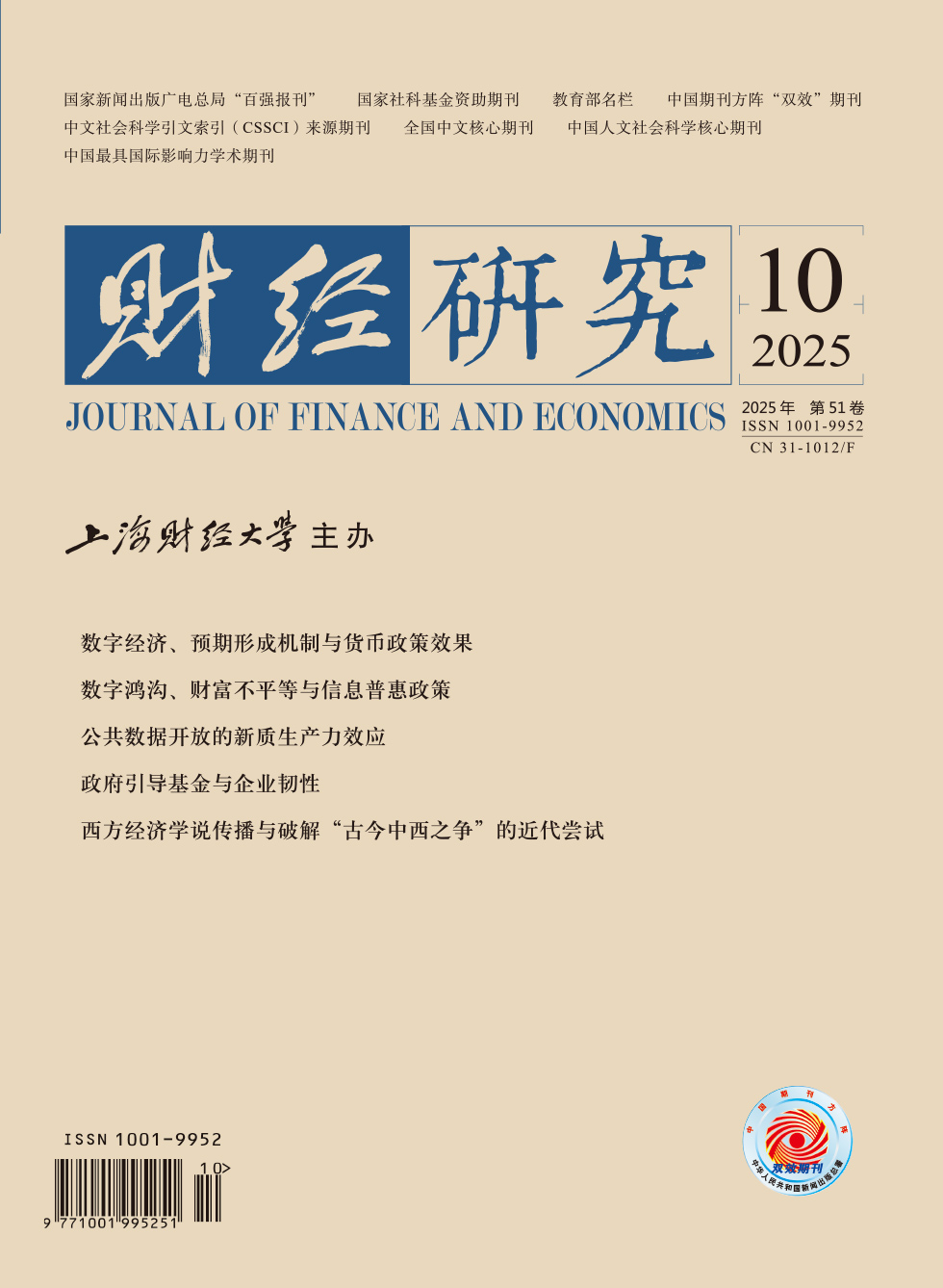In the digital economy, there have been many cases where platforms have squeezed out competitors from the market through low-price competition in the form of subsidies. Whether this low-price competition behavior harms market competition is controversial. Generally speaking, only when enterprises with market dominance squeeze out competitors from the market through low-price behavior can it constitute predatory pricing prohibited by the Antitrust Law. However, platform technical and economic characteristics and quality differences between competing platforms have challenged the traditional theory of predatory pricing. The impact of low-pricing strategies implemented by platforms on market competition and social welfare, as well as the conditions under which such practices constitute predatory pricing, merits thorough investigation.
This paper takes community group buying platforms as an example, and based on the analysis of the characteristics of real cases, constructs a two-stage horizontal differentiation model that includes low-price exclusion and high-price compensation. It examines the impact of quality and cost differences between competing platforms on the motivation for predatory pricing and social welfare, as well as the related mechanisms, and discusses the identification rules for platform predatory pricing and antitrust policies. The study shows that: (1) The critical value for platforms to implement predatory pricing increases with the increase of the quality advantage of the platform implementing predatory pricing, and decreases with the increase of the quality disadvantage. (2) The absolute and relative efficiency advantages of the platform implementing predatory pricing have a positive impact on the motivation for predatory pricing. (3) When the platform implementing predatory pricing has a relative efficiency disadvantage but a high absolute efficiency, predatory pricing will cause a loss of consumer welfare and social welfare, and this loss increases with the increase of the relative efficiency disadvantage. (4) Consumer multi-homing does not change the main conclusions of this paper regarding the critical value and motivation for predatory pricing.
The marginal contributions of this paper are as follows: First, it considers both low-price exclusion and high-price compensation stages, takes duopoly competition as the counterfactual state, and discusses the motivation and welfare effect of predatory pricing on incumbent platforms. Second, it explores the impact mechanism of quality and cost differences between competing platforms on predatory pricing motivation and social welfare. Third, it provides a theoretical basis and reference for the identification of platform predatory pricing and antitrust enforcement.





 3003
3003  4196
4196

